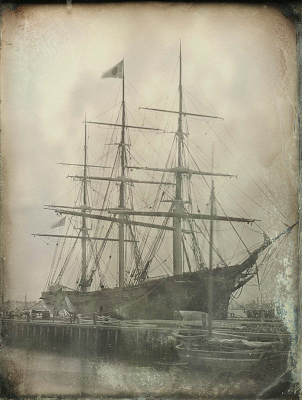The above 2015 editorial cartoon by Rodriguo De Matos entitled "China is out front" can be seen as a satirical warning to the USA that China is becoming a threat to US economic (and geopolitical?) domination. China, symbolized as a dragon in the colours of the Chinese flag, has beaten Japan (shown as a sumo wrestler turned into a ridiculous roast chicken by the dragon) economically. The dragon is pointing towards a small, fat (i.e. morally compromised?) and scared-looking Uncle Sam (symbol of the USA). The dragon threatens Uncle Sam: "You are next!", meaning that China intends to surpass the USA as an economic superpower.
Cf. pages 76 and 77 of your DNL textbook (Lesson 3).
Cf. pages 76 and 77 of your DNL textbook (Lesson 3).
The new Asian powers are: India, China, and South-East
Asian nations like Thailand, Malaysia, Singapore, Indonesia, and the Philippines, plus China since the early 2000s. They are
becoming more and more economically important and contribute largely to
globalization. They are disrupting the balance of (economic) power (the dominance
of the Triad is being undermined). Greater integration into a global economy,
however, is not without consequences for these countries...
Documents 1 and 2 concern China and Singapore, two
key players of the Asia Pacific region and of globalization.
Document 1 is an optimistic article from the New
York Times which highlights the impact of the Chinese economy on that of the
USA. The trade deficit of the USA (meaning the USA imports more than it exports)
is greatly due to its import of cheap goods from Asia. The fact that China
is now the dominant economic power of the region (even more than Japan) is,
according to the journalist, actually beneficial to the US economy. Because
China makes consumer products more cheaply than the USA, the USA actually makes
savings by importing them from China (it would cost more to the USA if it made the
goods itself). This makes China a privileged trade partner for the USA for
goods such as shoes, toys, electronic and numerous other consumer goods. In
fact, the USA trade deficit has actually gone down because it now trades with China
rather than more expensive Asian countries (South Korea, Japan).
China’s economic growth since 1979 (and
especially 2001 when it finally joined the WTO) has been staggering. It has
become the “workshop of the world”, overtaking other Asian nations in the
amount of goods produced and pushing prices down. This is good news for
consumers but not for the less competitive nations.
The photo of Singapore harbour (document 2)
shows one of the world’s biggest and most modern container port facilities. This harbour is a major global trade hub because it has been modernized and is strategically
situated on major sea routes between Japan, China, South Korea and the Middle
East, Europe and North America. The harbour facilities have made the city state
very wealthy (9th on the UN HDI 2013 list).
We see part of the modern harbour complex: it
is clean, well-ordered and highly-mechanized. Freight is unloaded by giant
cranes along the piers. The very numerous containers are stacked along the
wharfs. In the middle-distance, close to the harbour, is the CBD (high-rise prestigious
office blocks for the headquarters of merchant companies, banks, insurance
companies, etc.).
The map (document 3) illustrates the fact that
Asia has become the workshop of the globalized economy. It shows where the
various activities of Seagate Technology, an American TNC, are situated. Though
its Registered Office is actually in a fiscal paradise on the Cayman Islands
(which allows it to pay less taxes), the headquarters of Seagate (where the
company’s executives and research staff are) is in the TNC’s “home” country (USA).
Most of the actual production of the hard drives it makes takes place “offshore”
in Asian countries where labour is as qualified but cheaper than in the USA.
Document 4 is an extract from a 2006 The
Guardian newspaper article. In it, the journalist explains that the spectacular
economic growth in Asia has resulted, unexpectedly, in unemployment and
inequality. This is because many (young) people leave the countryside to work in
the factories, hoping for better wages, but the demand for jobs has grown
faster than the number of jobs available. The result is increased competition for jobs (and so greater job
insecurity, unemployment, and poorer working conditions) as well as increased food
insecurity in the countryside.
The fact that Chinese production costs are the
lowest (though this is likely to change) means that companies move production to
China away from other countries of the region, resulting in rising unemployment
in those Asia-Pacific countries.
Conclusion
Asian countries, notably China since it adopted “state capitalism”, have become an essential component of the globalized economy,
providing cheap and abundant labour for the TNCs and goods for the world via an
efficient system of maritime transport (to the benefit of coastal cities like
Hong Kong and Singapore that have invested in modern harbour facilities).
However, the economic boom has not spared Asia from the problems inherent to
globalization and from the risks involved in becoming dependent on a world-wide
economic system.








